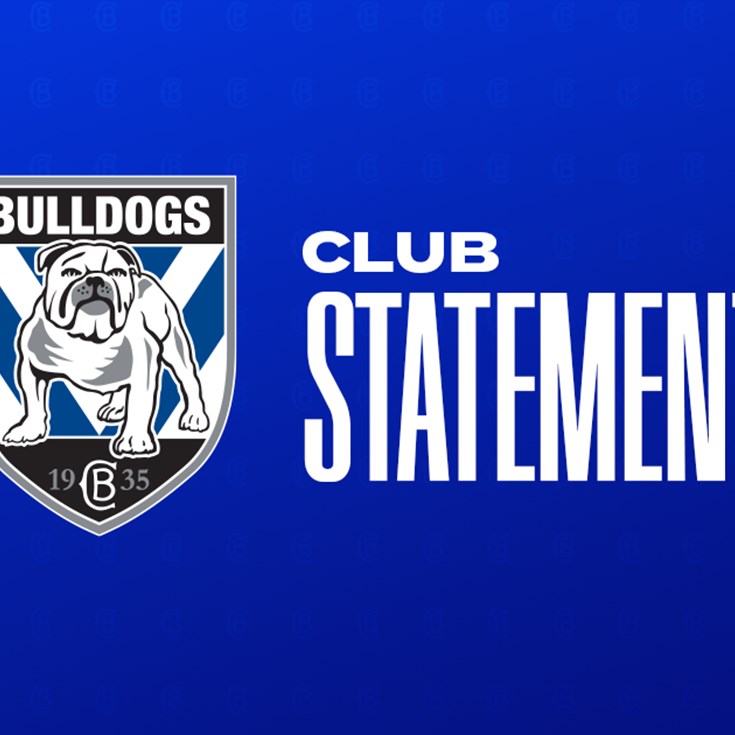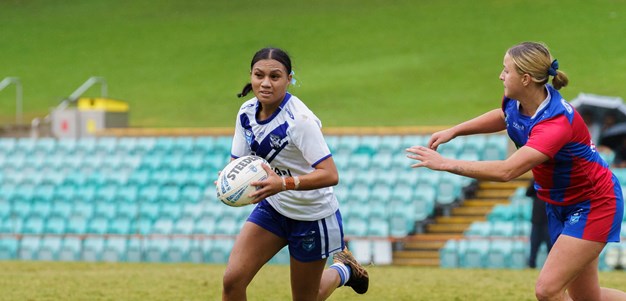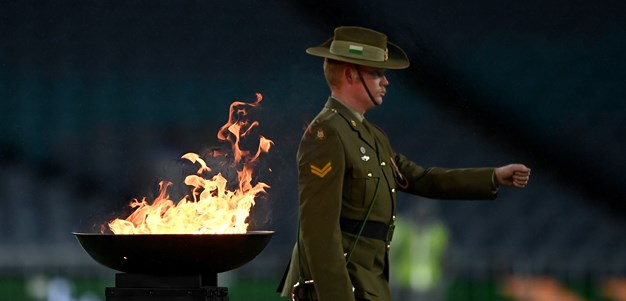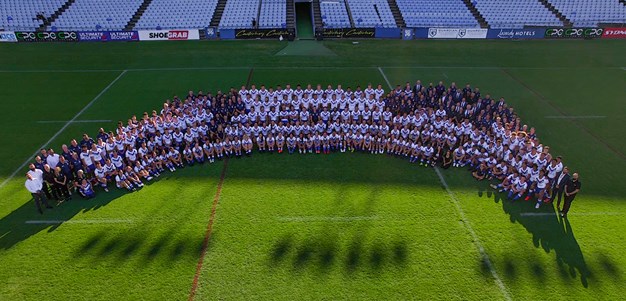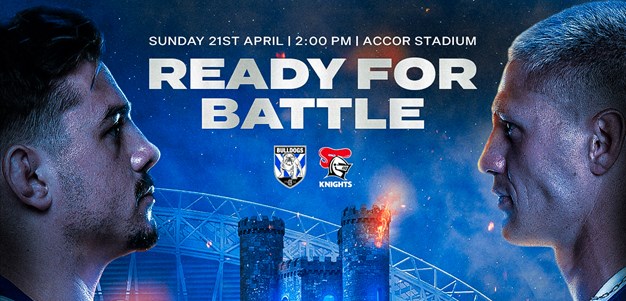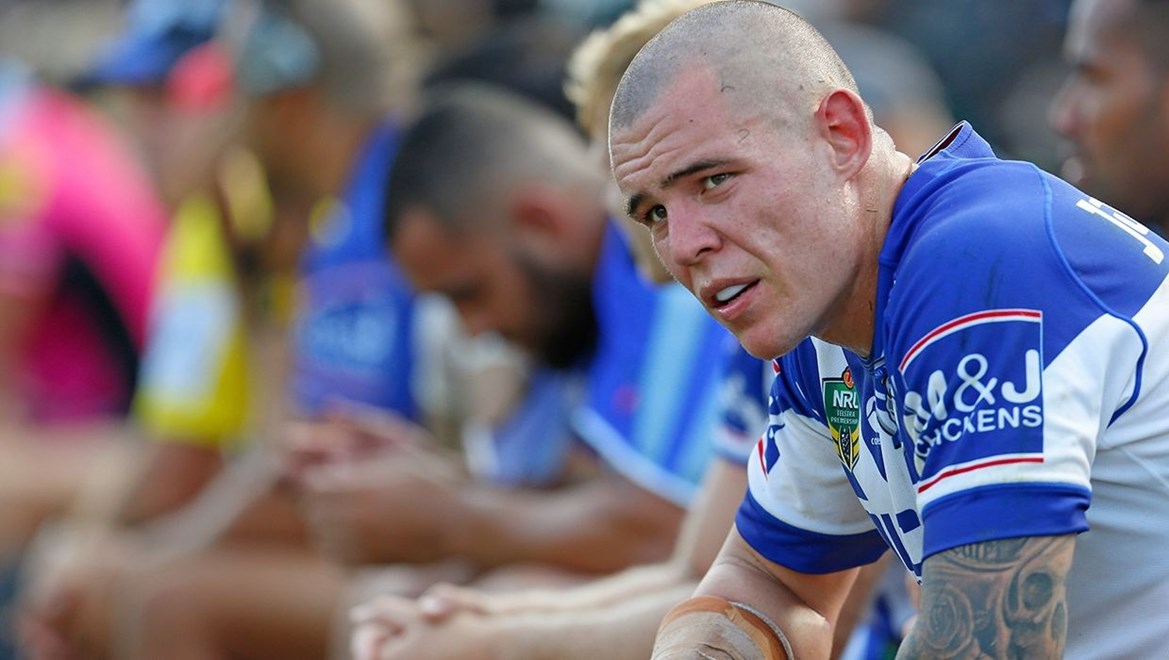

NRL Head of Football Todd Greenberg on Wednesday – after announcing new plans to reduce the interchange from 10 to eight for the 2016 season – said it was a matter of keeping the game running constantly rather than increasing the speed of play that was the driving force behind the NRL's decision to modify the rule.
Along with the introduction of a shot clock with a duration still to be determined for scrums and drop outs, Greenberg said shifting it down to eight interchanges was a pragmatic first step in the right direction.
An initiative which has been four months in the making, and garnered the support of state leagues, the Super League and the RLIF – Greenberg said the newest introduction to rugby league aligned with the game's objectives: continuity, less collision injuries, the increase in expansive and unpredictable play and emphasis on skill and power.
Unbelievably 11 clubs shared their GPS data with Greenberg's department which in turn helped them ultimately make a rational decision.
"It's certainly not about speeding the game up. What I'd say is that it's about keeping the game continuous and making sure the fans continue to have a product that they want to watch. But it's equally about making sure that the injuries for our players continue to decrease," Greenberg said.
"Fatigue is an important part of the game, but we need to look at decreasing injuries as well. All of that has been fed into the reduction in interchange for the first time in a long time in the history of our game.
"Player athletes have never been fitter, faster and stronger. So we expect this will change the way that the coaches and the high performance units at clubs manage their athletes.
"We want all shapes of body sizes to play. We want to make sure the little guys still have the same impact on the game as the big guys. To do that, fatigue must play an important part and that's what these changes have been designed to do."
The introduction of the shot clock aligns with Greenberg's hopes of fatigue impacting the contest on a more regular basis.
With the average stop period duration before scrums and drop outs currently averaging at around a minute – despite stoppages decreasing – collision levels are also reaching similar heights to when each team were allowed 12 interchanges up until the end of the 2007 season.
"The shot clock technology or timing technology will be relatively simple. It's not looking to get players sprinting to scrums and speeding the game up," Greenberg said.
"But what it is looking to do is stop time wasting and stop players standing around for inordinate amounts of time, waiting for the ball to be put back into play.
"I think fans will appreciate that, as will players, because it will give them some certainty on when the game starts again."
This article first appeared on NRL.com
